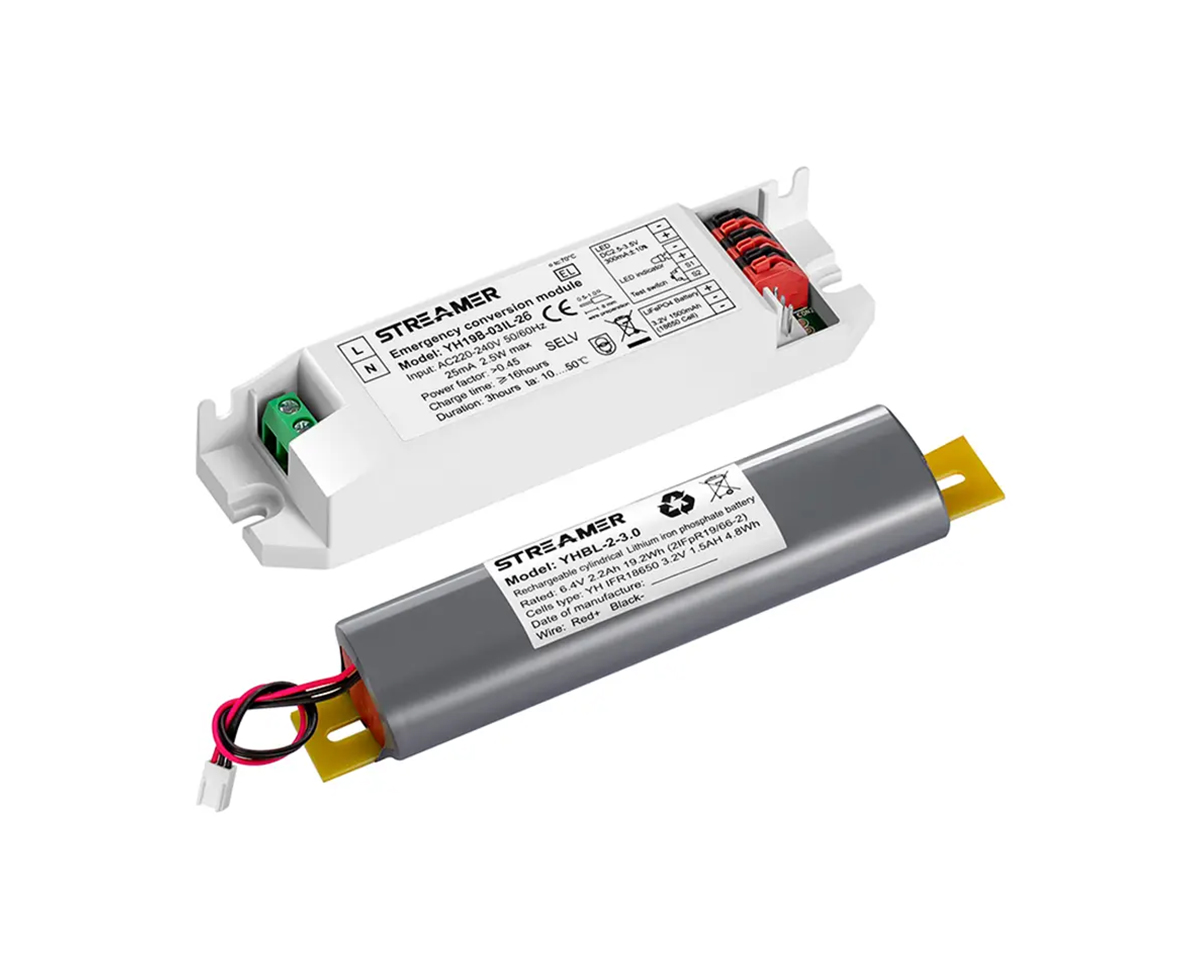 1
1
 Mar 03, 2025
Mar 03, 2025

Medical equipment often relies on emergency batteries to ensure continuous operation during power outages, which is crucial for patient safety. The adaptation of emergency batteries for medical equipment has several key aspects.
Firstly, the battery's capacity and voltage need to be precisely matched to the requirements of the medical device. For example, life - support systems like ventilators and cardiac monitors demand high - capacity batteries that can supply a stable voltage for an extended period. Inaccurate voltage supply can lead to malfunctions in these sensitive medical devices, potentially endangering patients. The battery's charge - discharge characteristics are also important. Medical equipment may require batteries that can deliver a high - current discharge when starting up or during peak power demands.
Secondly, safety is of utmost importance. Emergency batteries used in medical equipment must meet strict safety standards. They should be designed to prevent over - charging, over - discharging, and short - circuits. In some cases, redundant battery systems are installed in medical equipment to ensure continuous power supply even if one battery fails. Additionally, the battery's enclosure should be made of materials that are resistant to chemicals and can withstand the harsh environments often found in medical facilities.
Thirdly, compatibility with the medical equipment's control and monitoring systems is essential. The battery should be able to communicate with the equipment to provide information about its state of charge, remaining capacity, and health. This allows medical staff to be aware of the battery's condition and take appropriate actions, such as replacing the battery before it runs out during a critical operation. Overall, the adaptation of emergency batteries for medical equipment requires careful consideration of technical, safety, and compatibility factors to ensure reliable and safe operation of life - saving medical devices.